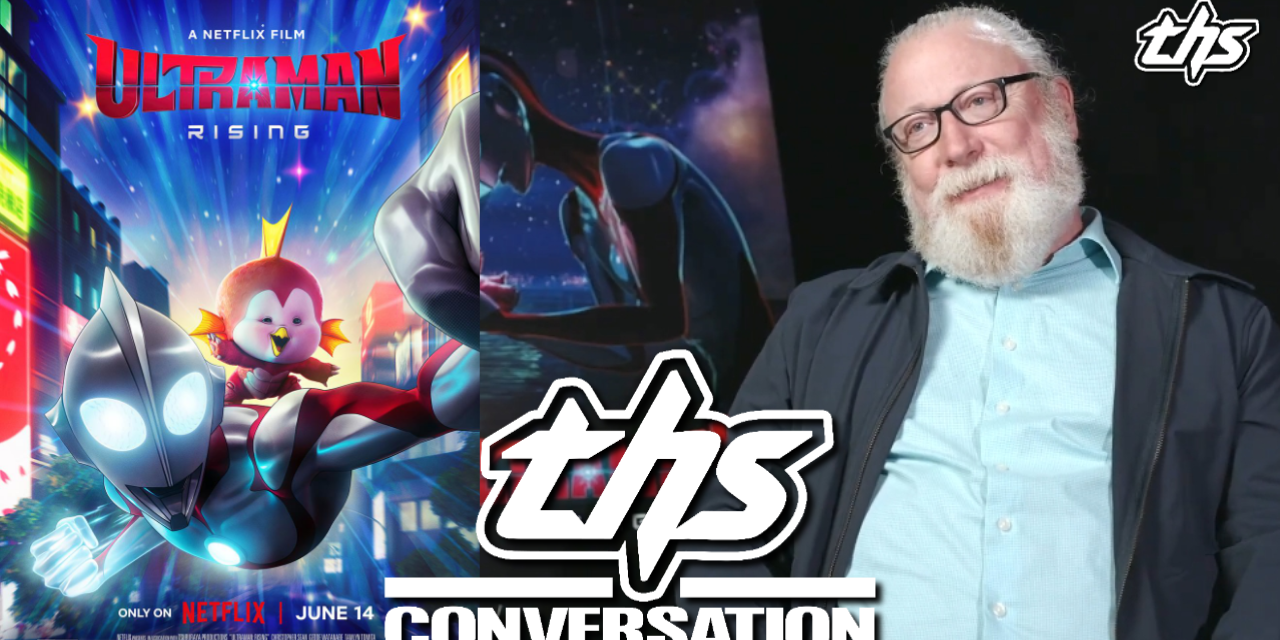Ultraman: Rising is not only the 44th and latest cinematic entry in the Ultraman media franchise from Tsuburaya Productions, but also one of the best entries in that franchise. In fact, I would go so far as to say that it is the best among those 44 films. A big part of why that is the case is due to the amazing music you hear throughout the film. It’s that music that really brings you into the heart of the scenes, enhancing the already emotional experiences to new heights.
All that would not be possible without the work of the composer for Ultraman: Rising: Scot Stafford. Thus, you can understand why we at That Hashtag Show would be so eager to get an interview with Stafford. All to get those juicy behind the scenes Easter eggs that you would only be able to get from the crew. Let’s uncover those Easter eggs as we watch that interview together, shall we?
Ultraman Rising: Composer Scot Stafford Interview | THS: Details
That Hashtag Show is proud to present on YouTube an exclusive interview with Scot Stafford: the composer behind the music of Ultraman: Rising. During that interview, Stafford revealed a bunch of behind the scenes tidbits, giving us a look at the inner workings of the film during production. All from the music side of things, of course. Here are the details:
Favorite Scene of the Film
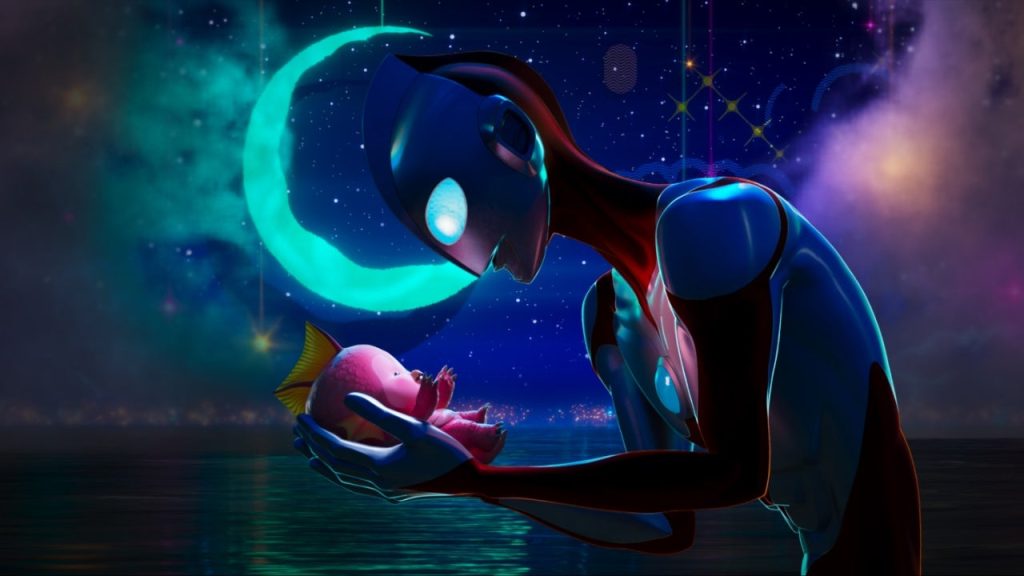
Naturally, we would want to know what Scot Stafford’s favorite composing moment was. Well, as it turns out, he has one very specific scene in mind for that question. Stafford’s favorite moment in the film is apparently the moment when Gigantron dies, and Emi’s egg hatches literally in Ultraman’s hands. It’s this moment where Ultraman is holding a newborn life and has no idea what to do that was so powerful to Scot Stafford, and to us in the audience as well.
Even better: Scot Stafford initially saw this scene only as a storyboard. The production team hadn’t even started animating it yet, and he could already tell that it was poetry. Those storyboards also served to let him know if his theme music worked for the film. Because well, a big, bombastic theme music works for a giant kaiju to turn the creature into an “it” to fight. However, that same theme doesn’t quite work when both Ultraman and us in the audience realize that the kaiju is a mother who has just died to protect her child.
Fortunately, Scot Stafford worked wonders for that specific Ultraman: Rising scene. You can hear it in how that bombastic music dies down to something more poignant and tender, only to turn wondrous at the moment of hatching. It’s that music that’s part of why the scene is so memorable. It’s so memorable that you can even see it in the background whenever Stafford talks.
Vocaloid Mention
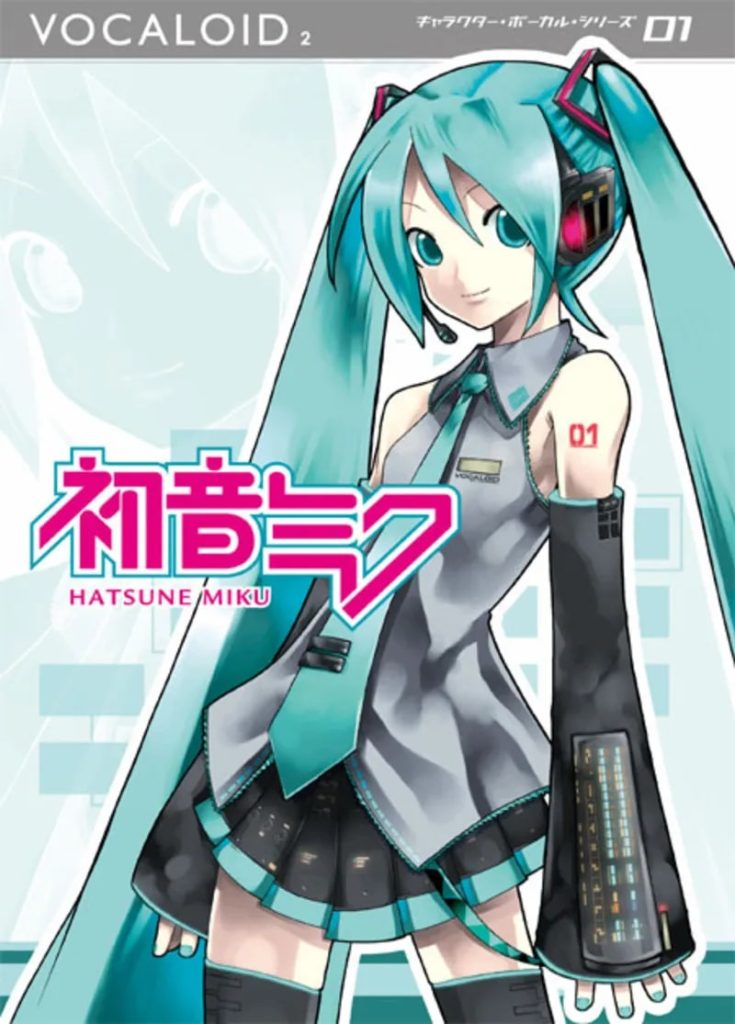
One of the most surprising Easter eggs for Ultraman: Rising is finding out that Scot Stafford used Vocaloid to help compose Emi’s voice. Then again, it’s not that surprising when you think about the film’s Japanese roots. For those not in the know: Vocaloid is a wildly popular Japanese voice synthesizer. If you’ve ever heard of Hatsune Miku, then you’re already familiar with Vocaloid. In fact, Stafford himself admits that prior to using Vocaloid, he had never heard of Hatsune Miku at all. Period.
Still, Scot Stafford took to using Vocaloid with a passion, using it to craft Emi’s voice in a way that he found both “quirky” and “fun”. All for some fairly serious scenes too, like depicting Emi’s growing bond with Ken/Ultraman in the wake of her mother’s passing. Fortunately, as we can see in Ultraman: Rising, it worked. Stafford mentions that both director Shannon Tindle and cinematographer John Bermudes loved the end product, resulting in what we see in the film. In fact, they loved it so much that the whole result survived virtually unchanged for “three-and-a-half years” during production all the way to the final version of the film. Truly, the power of Vocaloid is amazing.
Biggest Story Beats
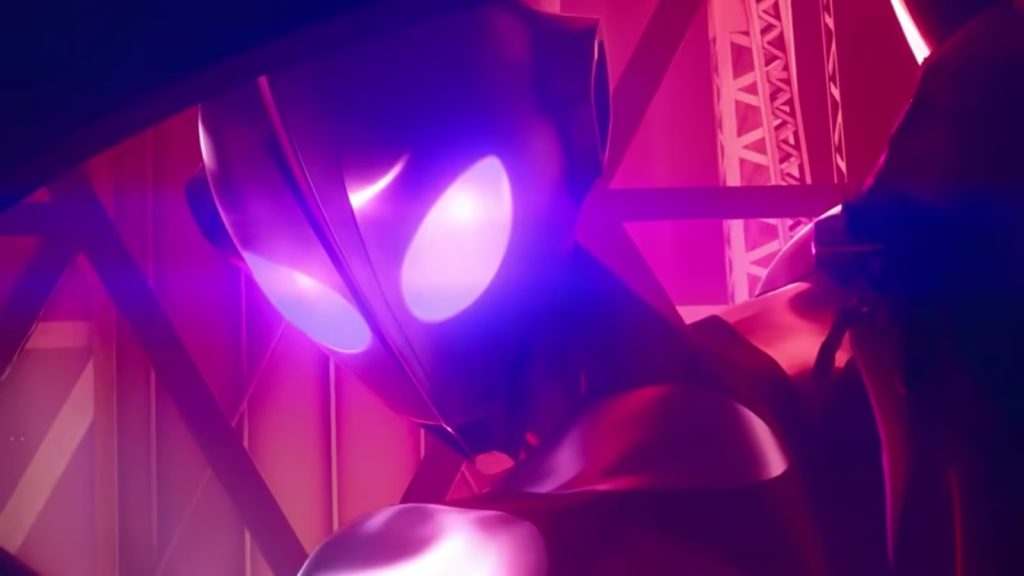
Scot Stafford points out something that many audience members might’ve overlooked about Ultraman: Rising. The biggest story beats for the film weren’t the intense battle sequences, no matter how fun the dogfights and explosions were. No, the biggest story beats were the emotionally devastating moments. The moments where Ken realizes that he has to be the protecting adult at Tokyo Tower and where he finally forgives his dad for his sins. It’s those moments of family drama that are what makes this film amazing.
In fact, the most surprising thing about this is the reveal from Scot Stafford that Shannon Tindle actually had a specific film in mind when making Ultraman: Rising. Tindle’s own words are that he was crafting a modern adaptation of Kramer vs. Kramer: a 1979 legal drama about a couple’s divorce and its impact on their young son. All in the guise of a superhero action move to boot. This resulted in the tender, intimate, and emotional music we hear throughout the film.
Synthesizer Inspirations
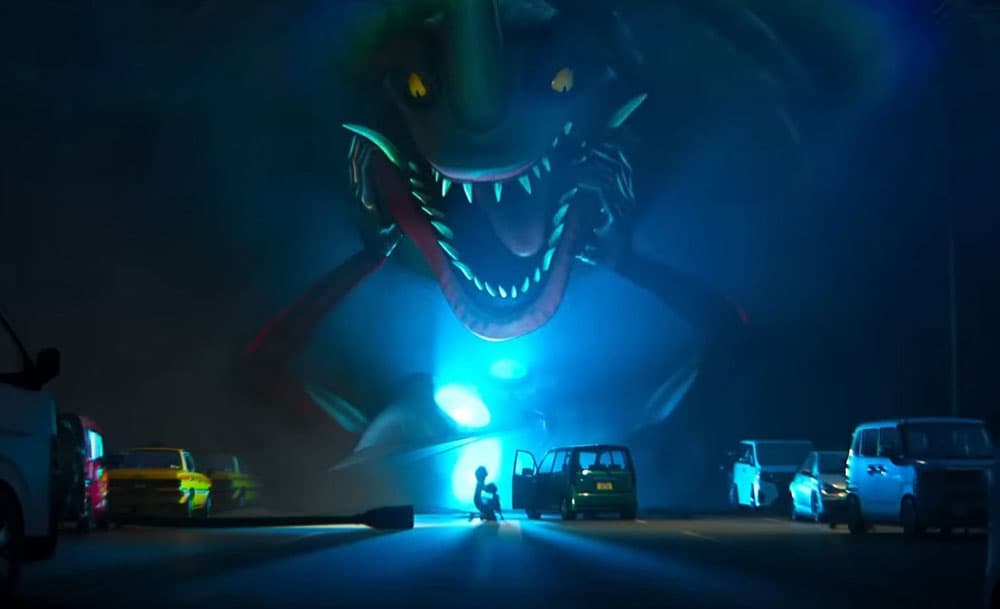
Synthesized music plays a massive role in Ultraman: Rising. You can hear it in the riffs and beats of the music. Funnily enough, the one thing Scot Stafford didn’t want to use as inspiration were orchestras. He seems to feel that orchestra music can sound almost…uninspired. He has troubles with inspiration when he tries to “fake it” with samples and orchestras. Which is why he was determined to hire and use a real human player to play on that double bass synthesizer. All so that he can hear the music and not “play it safe” by purely using a computer to make the music.
The other surprising thing about the music is the nature of one of those synthesizers. Scot Stafford reveals that at one point, he helped turn a Nintendo Entertainment System (NES) into a playable synthesizer. No details on the how from him, but he admits that it was “really fun”, and we can all agree with that. It certainly reveals why some of music in Ultraman: Rising sounds like they came right out of an old school video game.
This includes the moment when Ken fails in his first fight against Neronga, resulting in him basically giving up for a bit and just relaxing while watching the KDF fight the kaiju instead. It’s the moody synth music as Ken watches the KDF go completely overboard and basically “abuse” the kaiju that’s what sells the scene, and it’s proof as to all the hard work Scot Stafford put into that music.

